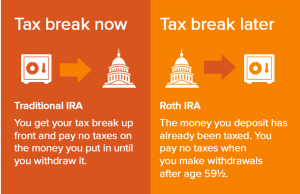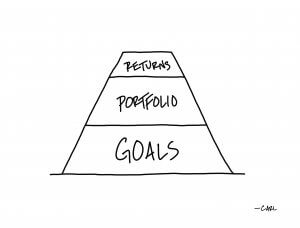
Managing Withdrawals in Retirement
RetirementNov 10, 2020
The retirement planning process starts with determining how much money you need to retire and ends with figuring out how to draw down your hard earned savings. Well, sort of. It doesn’t really ever end. You’ll always have things to think about and plan for regarding your money. Instead of an end, we’ll call it the beginning of a new chapter in the planning process.
As you start the new chapter, you have to look at your assets and determine the most efficient strategy for living off of them. Most financial experts will tell you that you can safely withdraw 4 to 5 percent of your assets annually in retirement with a fairly low risk of running out of money. There are a lot of factors that can influence those numbers, which makes it important to only use this post as a guide. We encourage you to talk to a professional about your personal situation.
One idea to consider is to leave your tax deferred assets alone if you have other assets to draw from. Most tax deferred accounts such as IRA’s and 401k’s have mandatory withdrawals that begin at age 73. If you are 66 and have an investment account that isn’t taxed on every withdrawal, you can take your income from there while letting your tax deferred account continue to grow until you’re 73. At that point, you can use your required withdrawals towards your retirement income need while continuing to take the rest from the investment account.
The Roth IRA presents some planning opportunities when determining your withdrawal strategy. Withdrawals from a Roth are tax free as long as you meet the requirements and they are not mandatory. You can use your Roth account to manage your taxable withdrawals from your assets. You can also use a Roth as an estate planning tool since it is a very tax efficient asset to pass on to the next generation. Are you beginning to see why the planning process never really ends?
There are certainly some complications associated with managing your retirement withdrawals and this post is just scratching the surface. Every situation is different. If your biggest asset is an IRA or 401(k), then you are going to have to utilize any other accounts to manage the taxes as efficiently as possible. If you sold your business and your largest asset is in a non-retirement account, then your major concerns will be associated with dividends, interest and capital gains. If you throw a Roth into either situation, that presents an additional tool to manage the taxes. While it may be overwhelming, these are good problems to have. If you are fortunate enough to have them, take the time to discuss your situation with a professional and make a plan. It can save you and your family a lot of money over time.


